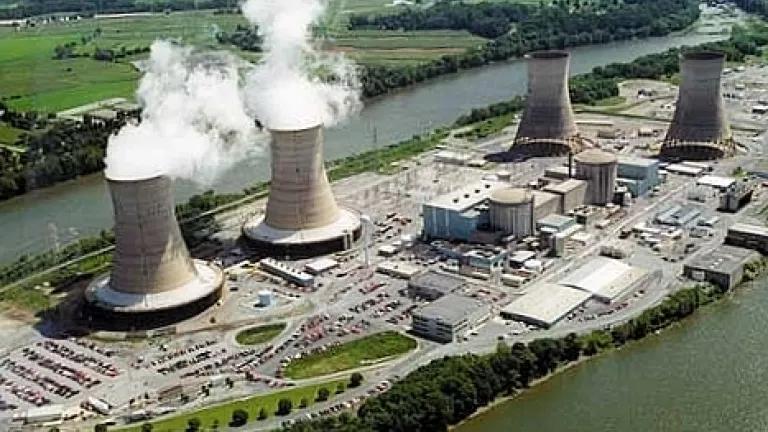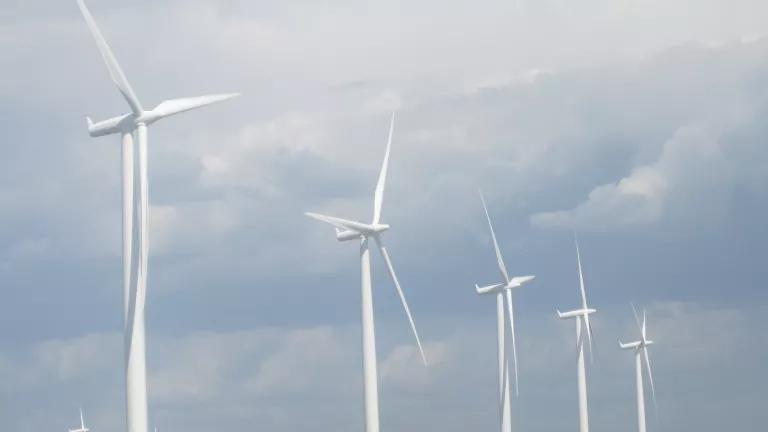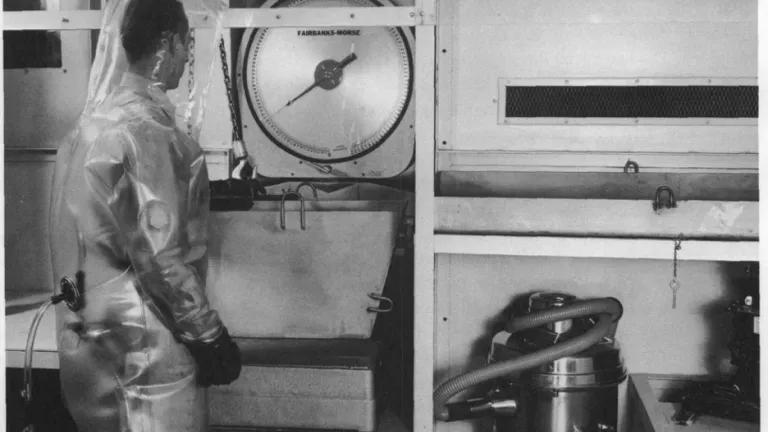Retirement of Three Mile Island Announced—What Now PA?

In announcing plans to shut down the Three Mile Island (TMI) nuclear plant near Harrisburg, Pennsylvania in 2019, plant owner Exelon signaled that it could keep TMI operating longer if it were to receive subsidies.
If this sounds familiar, it's because in 2016 Exelon announced the closure of two nuclear plants in Illinois—then decided to keep operating them after the state General Assembly enacted legislation, known as the Future Energy Jobs Act, that included temporary subsidies to support the plants’ low-carbon electricity generation.
With state subsidies for low-carbon generation also recently delaying the closure of nuclear facilities in New York, (and having recently stalled in Ohio), the question on everyone’s mind seems to be whether Three Mile Island will receive a similar bailout—and more contentiously, whether it should.
But focusing narrowly on the potential retirement or bailout of TMI—or any particular aging, uneconomic nuclear facility struggling to stay afloat in a sea of cheap natural gas and gas-fired electricity generation—misses a more fundamental question: what vision (or lack thereof) do states with nuclear power plants have for a truly clean energy future—one where far more energy is generated from renewable sources and saved through energy efficiency, and where dangerous carbon emissions and other fossil fuel pollution are increasingly ramped down? To date, no such vision has emerged from lawmakers in the Keystone State.
Illinois and New York established temporary nuclear subsidies along with much larger investments in energy efficiency and wind and solar generation. It's the latter investments that will deliver a truly clean energy future in those states. Meanwhile, power generated by nuclear plants will not “count” towards either state's targets for scaling up wind and solar power. By contrast, FirstEnergy’s foundering bailout proposal in Ohio would provide an entrenched nuclear subsidy of indefinite length—the subsidy equivalent of an all-you-can-eat buffet—without offering even crumbs for the state’s extremely modest energy efficiency and renewables programs.
In recent years, safety and market conditions have led to the closure of six nuclear reactors at five plants across the U.S., and closure plans have been announced for eight reactors at six other plants, including TMI. As the math suggests, most of the plants that have closed have, like TMI, operated only one reactor. This turns out to be an economic disadvantage for nuclear facilities: while one-reactors plants employ almost as many workers as two-reactors plants, they sell much less electricity. In 2016, TMI accounted for only 3.25% of the power generated in Pennsylvania. (And as it happens, it’s not power that consumers need. The state is already the largest exporter of electricity in the U.S., and the PJM Interconnection has more generation than is needed to ensure reliability.)
That said, it’s also true that one-reactor plants are likely to be just the first wave of nuclear plant closures as long as natural gas, buoyed by environmental exemptions and the absence of a price on carbon, remains cheap and—in combination with more generation from zero-fuel-cost renewables and less electricity demand due to energy efficiency—keeps wholesale energy prices down. (As to how much benefit consumers are seeing from those low prices—well, that's another story). The bottom line is that America’s nuclear energy capacity is likely to erode significantly in the decades ahead.
Do nuclear subsidies make sense?
Exelon argues that since nuclear plants like Three Mile Island don’t emit carbon (the stuff you coming out of their towers is steam, not smoke), they should get the same types of subsidies that renewable sources do—albeit on a very limited basis, in most states. (Incidentally, for all the complaints you may hear about subsidies for renewables, both fossil and nuclear energy have enjoyed much greater subsidies for a lot longer ––they just tend to be less conspicuous and are often buried in inscrutable tax laws).
But it takes only a look back at TMI’s severe nuclear accident in 1979 to recognize that nuclear is hardly comparable to truly clean energy, when it comes to the safety risks and environmental impacts. In addition to the economic challenges for nuclear power, there are safety, security, proliferation and nuclear waste issues.
For these reasons, long-term subsidies for nuclear, a la Ohio, don’t make sense. However, as New York and Illinois have demonstrated, defaulting to dirty fossil fuels doesn’t need to be the answer to replacing nuclear capacity either. The Illinois Future Energy Jobs Act offers a glide path for renewables and energy efficiency (rather than coal and natural gas) to eventually replace the lost power supply from retiring nuclear plants, and New York State’s Zero Emissions Credit program likewise buys time for the state to implement a broader plan to expand its clean energy supply for the future. (Among other things, New York is simultaneously doubling its renewables program to meet 50 percent of its electric demand from wind and solar by 2030). And in California, a groundbreaking plan released last year showed that the state could retire its Diablo Canyon plant and match the supply with a combination of energy efficiency, renewables, and storage—no natural gas needed.
What about Pennsylvania?
The public debate around what to do—or not do—about aging and increasingly uneconomic nuclear plants in Pennsylvania is in its early stages, and to date no proposal has been introduced in the state General Assembly. For now, if there's one takeaway for lawmakers in Pennsylvania and other states grappling with these issues, it’s this: don’t wait until you find yourself on the edge of a climate cliff to get ahead of the challenge; adopt and implement robust programs to scale up renewables and energy efficiency now. It’s is a “no regrets” pathway, because in addition to the enormous economic, job creation, and clean air benefits that renewables and efficiency provide, they also act as insurance against the impending retirement of the large low-carbon fleet of nuclear plants we will see in the coming years. Pennsylvania’s successful but very modest renewables and energy efficiency programs have only begun to scratch the state’s vast renewables and efficiency potential. Lawmakers must not lose sight of the clear and present opportunity to capture that potential by scaling up those winning initiatives—and avoid being sucked into a myopic debate focused on one old nuke plant.




